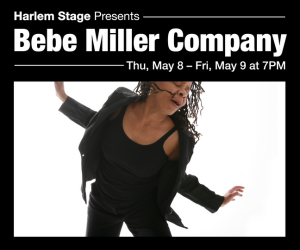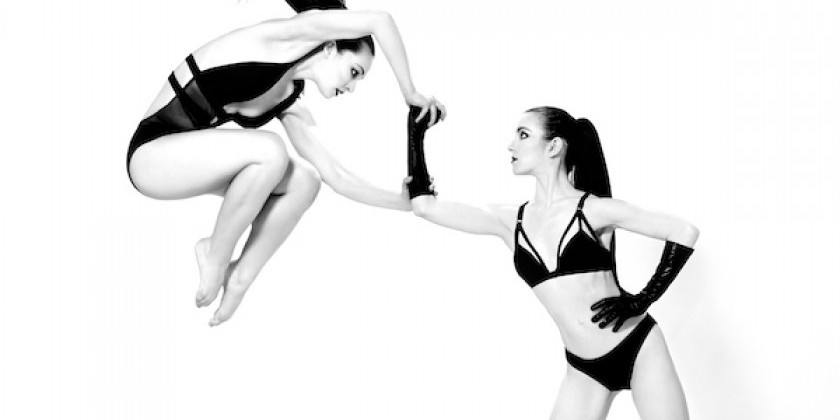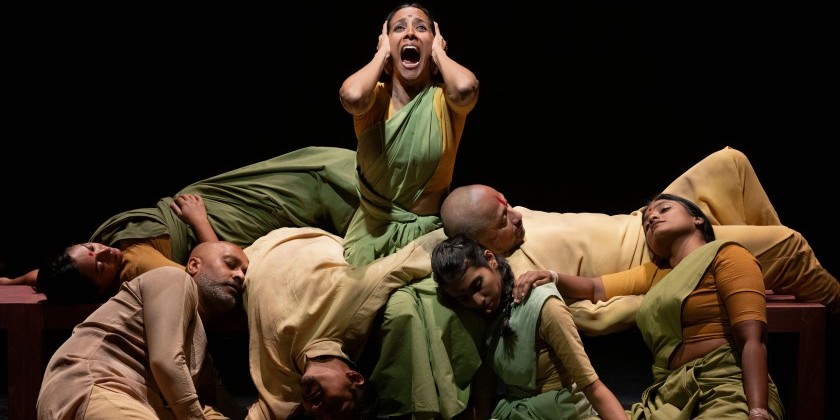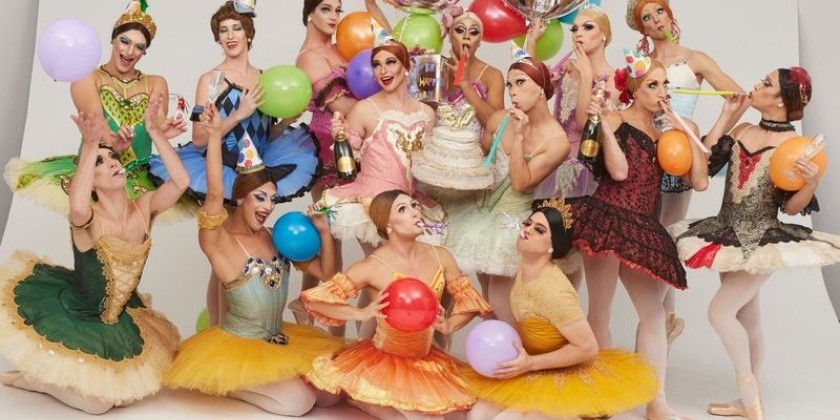IMPRESSIONS: Eryc Taylor Dance in "Factory/Refractory" at Slate NY

Dark, Light, and Uniquely New York
Choreography: Eryc Taylor with the dancers
Dancers: Imani Arnett, Cameron Arnold, Thomas Batchelor, Julia Foti, Sashalie Rios, Miranda Stuck, Isoke Wright
Lighting Design: Carlos Martinez // Production Director: Daniel Tobias
Audio Visual Technician: Robin Ediger-Seto // Camera Operators: Mason Chapello, Caroline Haide
Musical Director: Daniel Tobias
Performance Date: March 6, 2023
Factory/Refractory takes audiences back to New York City’s edgy and vibrant 90’s club scene addressing its darkness and its light. With a nod to club-kid’s such as Richie Rich and Amanda Lepore, and inspired in part by Andy Warhol’s 1960’s Factory parties, Eryc Taylor Dance's multi-media-performance experience is both a tribute and a reflection.
Seated on velvet couches or leaning on the bar at Slate NY, audiences are immersed in the nightclub experience. Images of dancers projected on a wall of screens entice spectators as they mingle and sip drinks. Loud, driving music, mixed by Daniel Tobias, commands the room. Slowly the energy begins to shift. Factory/Refractory arises more than it begins.

Strangers smile across the empty dance floor. Bodies begin to bounce, internalizing Tobias’ soundscape. Anticipation and exhilaration fill the air. One by one the performers appear and move through the room with seductive intent. Characters emerge. “Star” (Sashalie Rios) is a young, vulnerable girl new to the city. Through her eyes, and her relationship with the beguiling “Limelight” (Thomas Batchelor) we witness a story of addiction, highlighting the importance of belonging.
Combining elements of jazz, contemporary and vogue dance, Eryc Taylor reveals the desire to be seen and the need to be accepted. While the 90’s clubs are often remembered as places of hedonism, excess, and controversy, at their heart they were healing communities, spaces of acceptance and freedom where individual identities could be celebrated rather than ridiculed.
To demonstrate the importance of self-expression, Taylor gives each dancer solo moments in which to shine — flashy turns, backflips, and ear-grazing kicks. He creates an environment of high energy unison dancing reflecting camaraderie and fun. And fun permeates the evening with neon wigs, pleather, short skirts, high boots and movement that is sensual, sexy, and confident. This is a party begging to be attended!

But when the music and movement reach a fever pitch, darkness looms. Staggering and disoriented within the group, Rios as “Star” struggles with the negative effects of the drug she took. Her partying friends, oblivious, urge her to keep having fun, manipulating her slack limbs as they dance around her.
“Star’s” descent into addiction is perhaps the most visceral portion of this short production. Live footage projected in real time provides shifting points of focus for viewers, creating a sensation of dizziness and instability. "Star's" dazed, sluggish movements amidst a crowd of energetic dancing bodies adds to the effect.
As Tobias’ score becomes more discordant and dark, “Star ” is disregarded, left to navigate the lowest points of her drug trip alone. She attempts to rejoin the dancing group but cannot — her mind unbalanced, her body unruly.

Taylor creates a character called "Animus" (Taylor Ennen) an expressively danced angel ,designed to save "Star," but the redemption is trite, lacking the weight of the preceding choreography.
Although a sense of hope prevails, more exploration is needed to add the depth to the story which this piece requires. Where Factory/Refractory succeeds is in its homage to an era that was both decadent and tolerant, dark and light, and uniquely New York.














